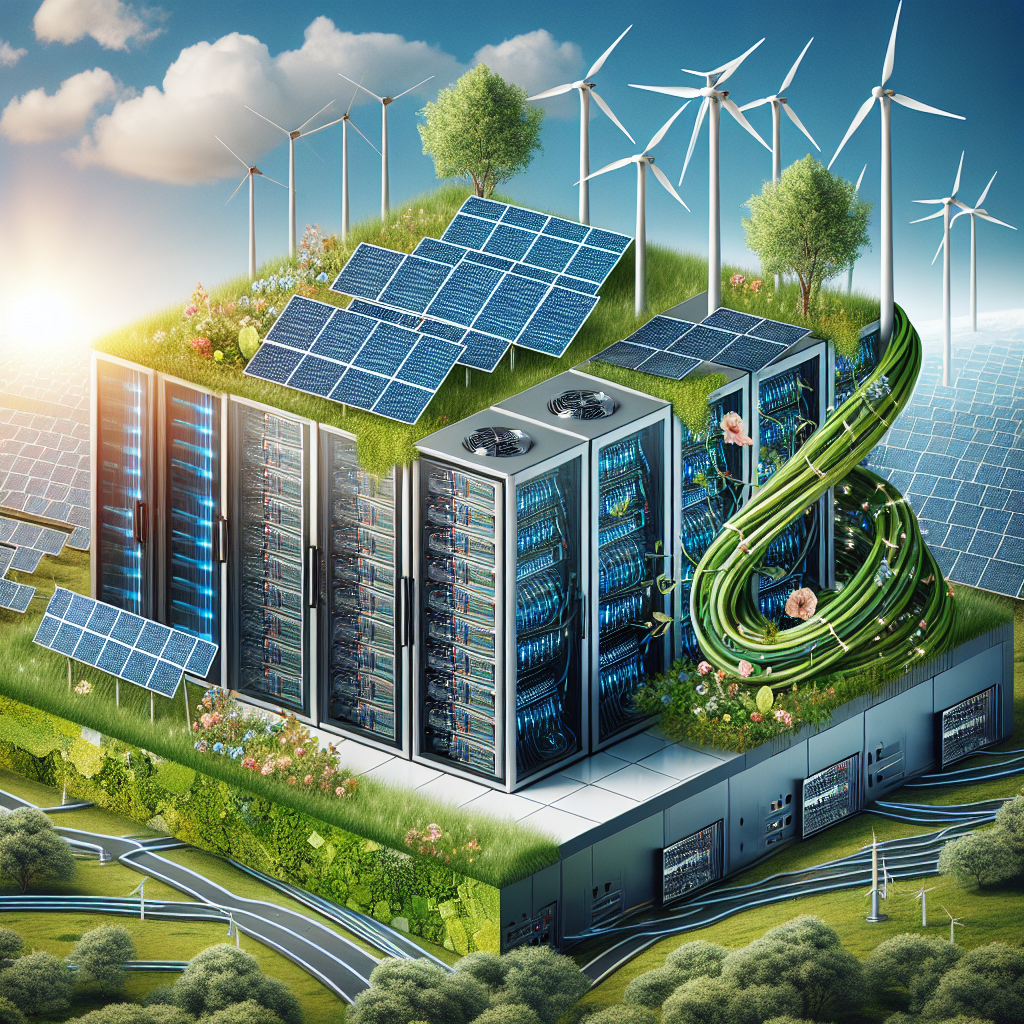In today’s digital age, data centers play a crucial role in storing and processing vast amounts of information for businesses and individuals. However, the environmental impact of data centers cannot be ignored, as they consume large amounts of energy and contribute to carbon emissions. In order to achieve sustainability and reduce their carbon footprint, data centers must implement strategies to minimize energy consumption and promote eco-friendly practices.
One of the key strategies for reducing the carbon footprint of data centers is improving energy efficiency. This can be achieved through the use of energy-efficient hardware and software, as well as implementing cooling techniques that optimize energy usage. By reducing the amount of energy required to operate the data center, businesses can significantly decrease their carbon emissions and lessen their environmental impact.
Another important strategy for achieving data center sustainability is transitioning to renewable energy sources. By investing in solar, wind, or hydroelectric power, data centers can significantly reduce their reliance on fossil fuels and decrease their carbon footprint. Many companies are now making commitments to using 100% renewable energy for their data centers, demonstrating their dedication to environmental sustainability.
In addition to improving energy efficiency and transitioning to renewable energy sources, data centers can also reduce their carbon footprint by implementing virtualization and consolidation techniques. By consolidating servers and storage devices, data centers can optimize their infrastructure and reduce energy consumption. Virtualization allows businesses to maximize the use of their resources and minimize their environmental impact, ultimately leading to greater sustainability.
Furthermore, businesses can promote data center sustainability by implementing green building practices and utilizing environmentally-friendly materials in their construction and design. By incorporating energy-efficient lighting, cooling systems, and insulation, data centers can reduce their energy consumption and lower their carbon emissions. Additionally, businesses can use recycled materials and sustainable building practices to minimize their environmental impact and promote eco-friendly operations.
Overall, reducing the carbon footprint of data centers requires a comprehensive approach that includes improving energy efficiency, transitioning to renewable energy sources, implementing virtualization and consolidation techniques, and promoting green building practices. By implementing these strategies, businesses can achieve data center sustainability and contribute to a more environmentally-friendly future. It is crucial for businesses to prioritize sustainability and take proactive steps to reduce their carbon footprint, ensuring a greener and more sustainable world for future generations.


Leave a Reply